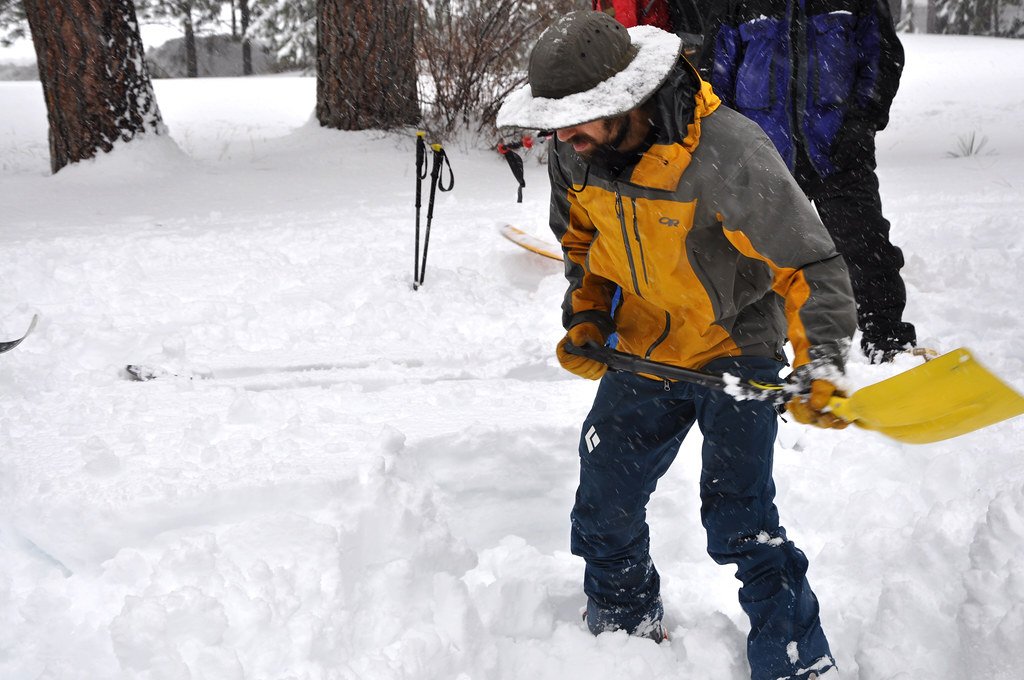Now Reading: Top 5 Survival Water Containers and How to Choose One
-
01
Top 5 Survival Water Containers and How to Choose One
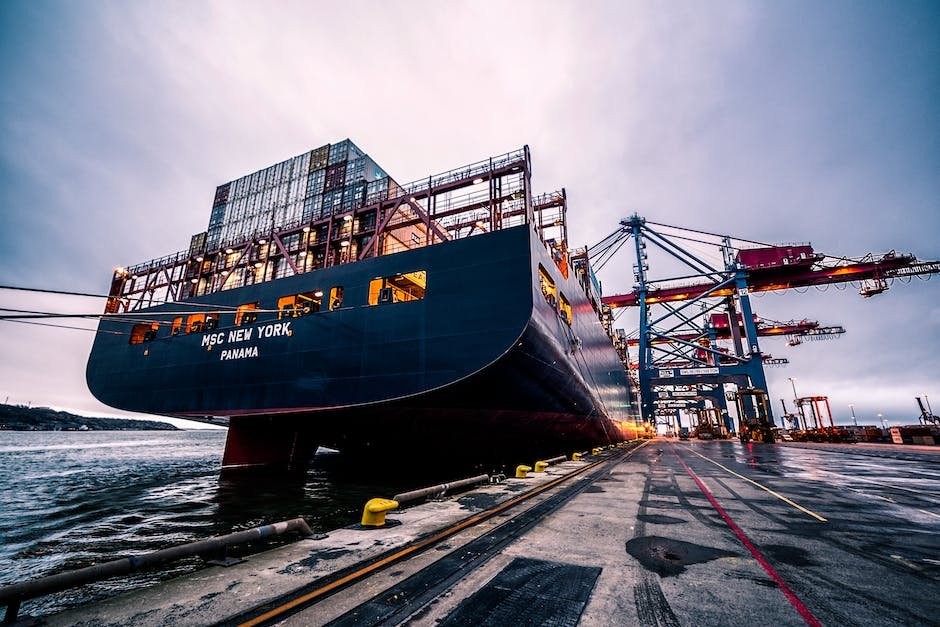
Top 5 Survival Water Containers and How to Choose One
When the world throws its toughest challenges your way, be it an unexpected camping trip gone awry or an untamed and blistering hot adventure, there’s one secret weapon that will never let you down: water. Think of it as your steadfast guardian angel, ready to hydrate your body and keep your spirits high. However, when it comes to storing this vital elixir during your escapades, not all water containers are created equal. To help you navigate through the sea of options and make an informed decision, we’ve compiled a list of the top five survival water containers. So tighten your backpack straps and prepare to embark on a journey of finding the perfect companion for your hydration needs.
Table of Contents
- Top 5 Survival Water Containers: Essential Equipment for the Outdoors
- Key Considerations When Choosing a Survival Water Container
- Durability and Portability: Factors to Assess for Long-Term Use
- Insulated vs Non-insulated Containers: Pros and Cons
- Our Recommendations: The Best Survival Water Containers for Every Situation
- Q&A
- To Wrap It Up
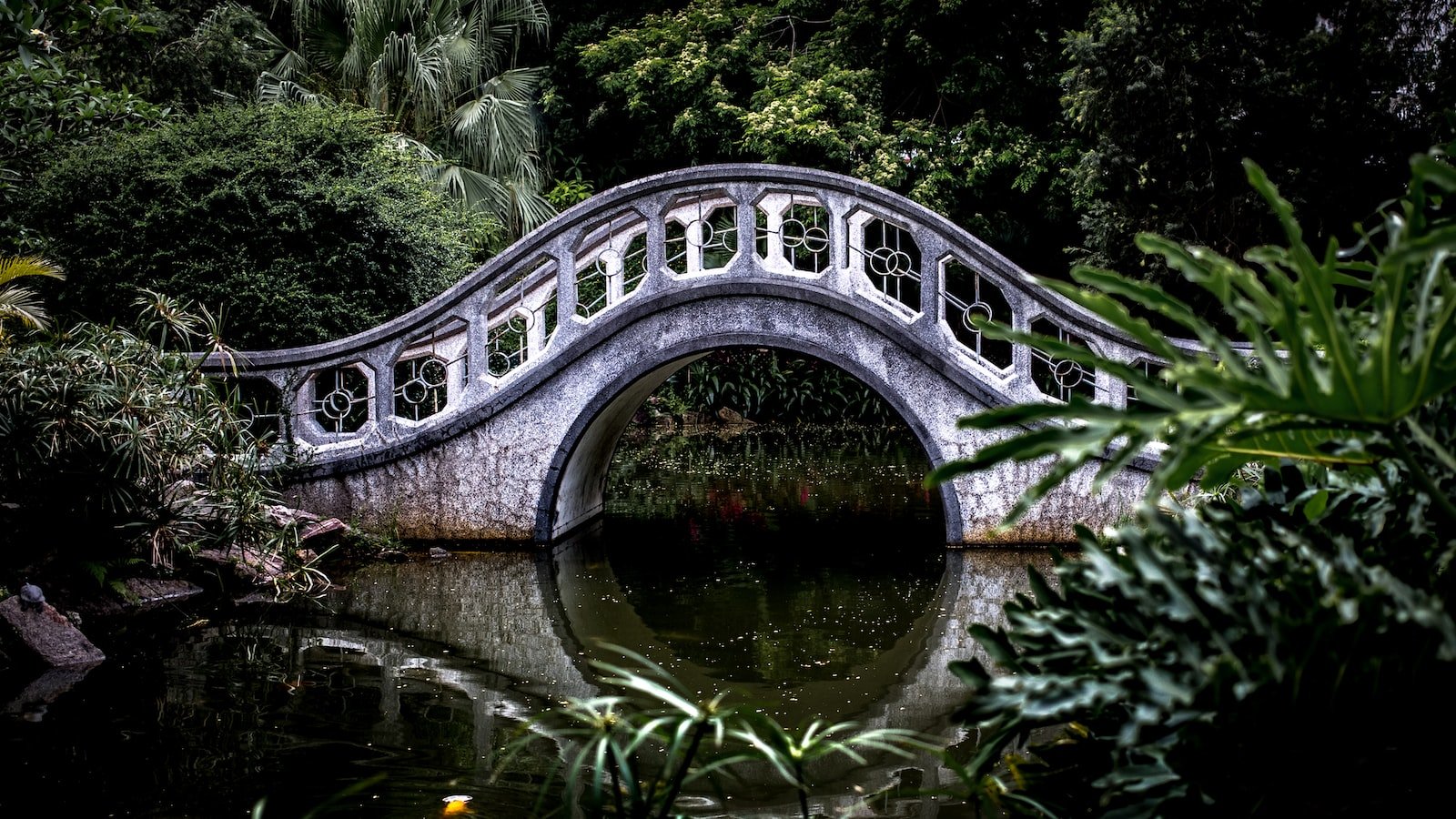
Top 5 Survival Water Containers: Essential Equipment for the Outdoors
When venturing into the great outdoors, having access to clean drinking water is crucial for your survival. It’s essential to invest in high-quality water containers that are durable, compact, and reliable. Here are the top 5 survival water containers that every outdoor enthusiast should consider:
- 1. Collapsible Water Bottles: These cleverly designed containers are made from BPA-free, food-grade silicone material. They can be folded or rolled up when not in use, taking up minimal space in your backpack. With their lightweight construction, these bottles are perfect for hikers, campers, and travelers.
- 2. Stainless Steel Canteens: Known for their durability, stainless steel canteens are excellent for long trips into the wilderness. They can withstand the toughest conditions and keep your water cool for hours. Some models even come with a double-wall vacuum insulation, preventing condensation and maintaining desired temperature for longer periods.
- 3. Water Bladders: These flexible, water-resistant bags are ideal for backpacking and hiking. They can fit snugly into your backpack and have a convenient nozzle for easy drinking. Many brands also offer bladders with built-in filters, ensuring your water is purified on the go.
- 4. Multipurpose Water Jugs: If you’re planning a camping trip with a group of friends or family, multipurpose water jugs are the way to go. These larger containers often have a spigot for easy pouring and can hold a substantial amount of water. Some models even come with a built-in purifier, providing you with clean water wherever you are.
- 5. Portable Water Filters: While not exactly containers, portable water filters are essential for outdoor adventurers. These compact devices extract harmful bacteria and pathogens from natural water sources, ensuring safe drinking water. They are lightweight, easy to use, and a reliable choice for backpackers or emergency situations.
Choose your survival water container wisely, as it may become your most cherished outdoor companion. Having a reliable source of clean water will guarantee a safe and enjoyable adventure in the wilderness!
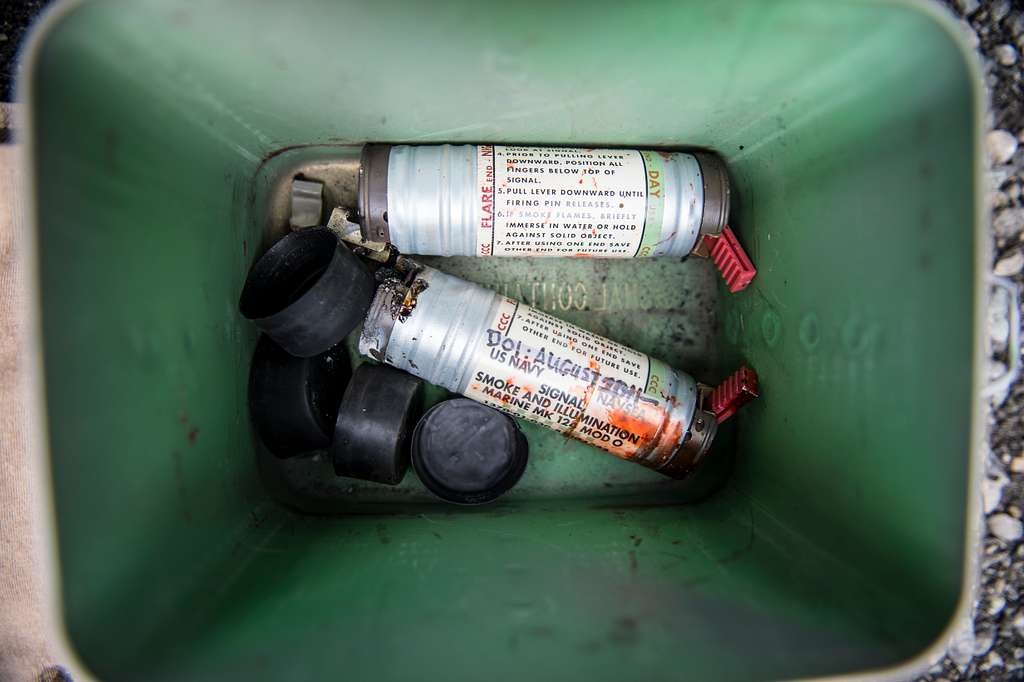
Key Considerations When Choosing a Survival Water Container
When it comes to preparing for any survival situation, one of the most important things to consider is your water supply. Having a reliable and efficient water container can make all the difference in ensuring your hydration needs are met. Here are some key considerations to keep in mind when choosing the perfect survival water container:
- Durability: Opt for a water container made from high-quality, durable materials such as BPA-free plastics or stainless steel. This will ensure that your container can withstand rugged environments and potential impacts, preventing any leaks or breakages.
- Capacity: Assess your water needs and choose a container with an appropriate capacity. Consider how many people you need to provide water for and for how long. It’s better to have a larger container that can hold more water, but also ensure that it is still manageable and easy to transport.
- Portability: In a survival situation, mobility is crucial. Look for a water container that is lightweight and easy to carry. Consider options with built-in handles or straps, as they provide convenience and make it easier to transport your water supply.
- Sealing mechanism: A reliable sealing mechanism is vital to prevent water leakage and contamination. Ensure that the container you choose has a secure lid or cap that creates an airtight seal, keeping your water clean and safe to drink.
- Compatibility: If you plan on using purification tablets or filters, make sure your chosen container is compatible with them. Some containers have built-in filters, while others may require separate attachments. This way, you can ensure your water is not only stored but also safe to consume.
Remember, having a suitable survival water container is essential for your overall preparedness. By considering factors such as durability, capacity, portability, sealing mechanism, and compatibility, you can make an informed choice that will support you in any survival situation.
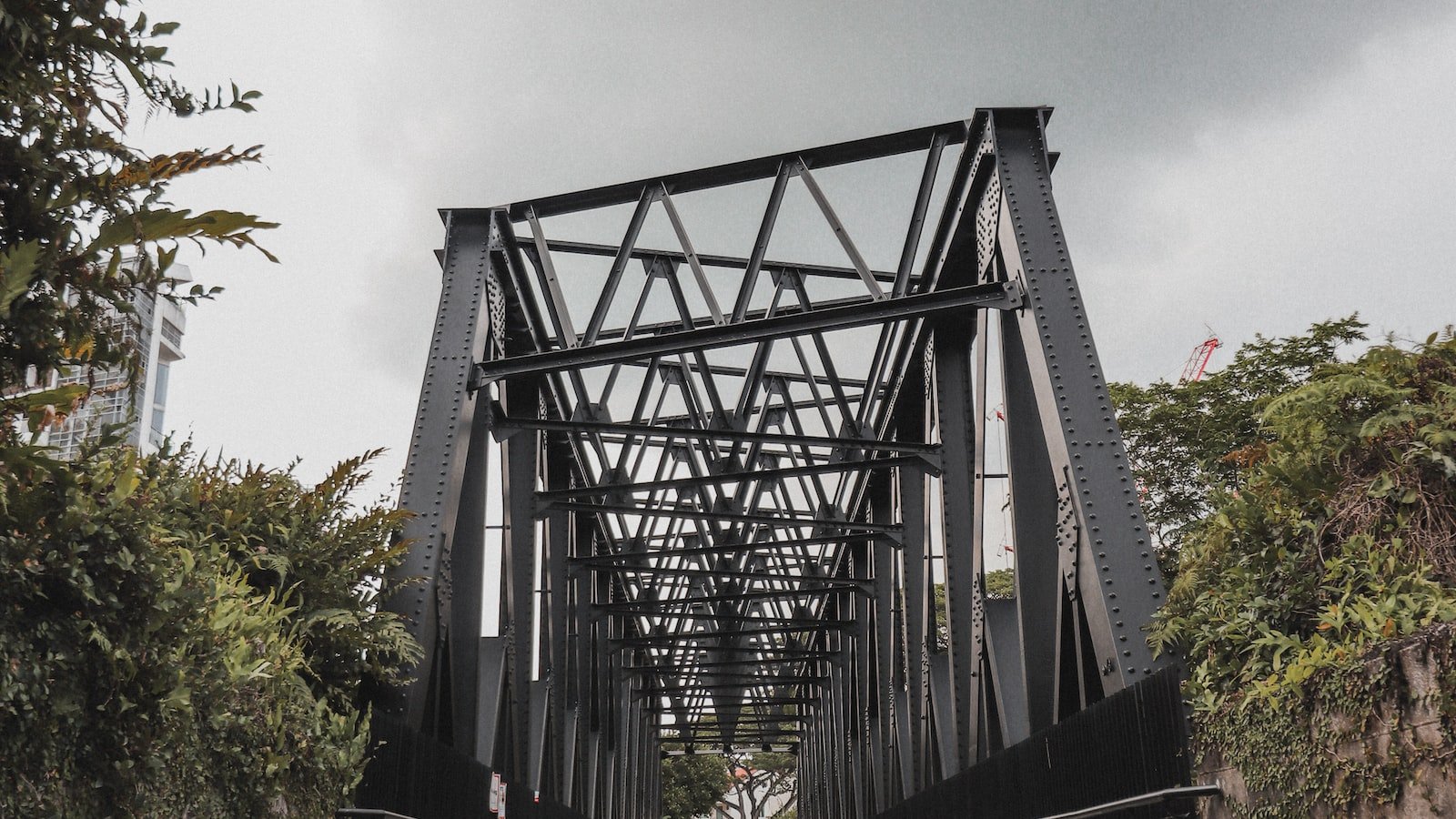
Durability and Portability: Factors to Assess for Long-Term Use
Durability: Factors to Assess for Long-Term Use
When it comes to purchasing a product that is meant to last, durability is a crucial factor to consider. Assessing the durability of an item ensures that it will withstand the test of time, providing you with long-term satisfaction and value for your money. Here are some factors to evaluate to determine the durability of a product:
- Materials: The quality of the materials used in the construction of a product greatly impacts its durability. Look for items made from high-quality materials such as stainless steel, durable plastics, or sturdy fabrics that are built to resist wear and tear.
- Construction: Alongside the materials, the construction of a product plays a vital role in its longevity. Check for reinforced seams, strong adhesives, or well-finished edges that ensure the product will withstand heavy usage and frequent handling.
- Resistance: Products that are resistant to various elements, such as water, dust, or impact, tend to have a longer lifespan. Consider the specific conditions in which the item will be used and look for features like waterproof or shockproof designs that can mitigate potential damage.
Portability: Assessing Ease of Transport
Another important factor to consider when selecting a product for long-term use is its portability. Whether you need to transport an item frequently or simply want the convenience of easy storage, the portability of a product plays a significant role in its overall usability. Here are a few aspects to evaluate:
- Size and Weight: Assess the dimensions and weight of the item to determine if it is conducive to easy transportation. Look for compact and lightweight options that won’t be cumbersome to carry or store.
- Handles or Straps: Check for features like built-in handles or detachable straps that provide a comfortable grip or allow you to carry the item hands-free, making it more convenient to transport.
- Foldability or Disassembly: Consider products that offer the flexibility of folding or disassembling. These features can significantly enhance portability by reducing the item’s size for efficient storage or travel.
Insulated vs Non-insulated Containers: Pros and Cons
When it comes to choosing the right container for storing food and beverages, it’s essential to consider whether you need an insulated or non-insulated option. Both types come with their own set of advantages and disadvantages, so let’s weigh the pros and cons of each.
Insulated Containers:
- Pros:
- Keeps the contents hot or cold for extended periods, making it perfect for soups, stews, or icy drinks.
- Prevents temperature fluctuations, ensuring food remains fresh and safe to consume.
- Reduces condensation, minimizing the risk of leaks and spills.
- Often equipped with airtight seals, keeping food secure and avoiding messy accidents.
- Can be more durable with added insulation, protecting delicate items during transport.
- Cons:
- Usually more expensive compared to non-insulated containers due to the added insulation technology.
- May occupy more space due to thicker walls, making them less practical for limited storage areas.
- Can be heavier than non-insulated containers, which might affect portability.
Non-insulated Containers:
- Pros:
- Generally more affordable than their insulated counterparts.
- Lightweight and compact, making them ideal for on-the-go usage or if space is a concern.
- Available in a wide range of materials, styles, and sizes to suit various needs.
- Easier to clean and often dishwasher safe.
- Cons:
- Does not provide insulation, so hot contents can cool quickly, and cold contents may reach room temperature.
- May result in condensation or sweating, possibly leading to leaks or wet surfaces.
- Could be less suitable for delicate or temperature-sensitive items, requiring additional precautions during transport.
Ultimately, the choice between an insulated or non-insulated container boils down to your specific requirements. If you prioritize temperature retention, durability, and spill-proof design, then an insulated container is the way to go. However, if affordability, compactness, and versatility are your main concerns, a non-insulated container may suffice. Consider the intended purpose and the surrounding circumstances to make a decision that suits your needs best.
Our Recommendations: The Best Survival Water Containers for Every Situation
When it comes to survival situations, having a reliable water container is essential. Whether you’re planning a backpacking trip, preparing for a natural disaster, or simply want to be prepared for any unexpected event, we’ve got you covered with our top recommendations for the best survival water containers.
1. Stainless Steel Water Bottle
An all-time classic, the stainless steel water bottle is a must-have for any survivalist. It offers durability and can withstand rough handling. These bottles are also great for keeping water cool during hot summer days. Look for ones with double-wall insulation to maintain optimal temperature for longer periods.
2. Collapsible Water Bag
When space is limited, a collapsible water bag is a game-changer. These lightweight and foldable containers can be easily stuffed into your backpack without taking up much room. Opt for a BPA-free option that can hold a significant amount of water and is puncture-resistant for added durability.
3. Water Purification Bottle
For situations where water safety is a concern, a water purification bottle is your best bet. These innovative containers come with built-in filtration systems that remove harmful bacteria and contaminants, ensuring you have clean drinking water wherever you are. Look for ones with filters that have a long lifespan and can purify a high volume of water.
Remember, having a reliable survival water container is crucial, but it’s equally important to properly maintain and clean them regularly. Stay hydrated and be well-prepared for any situation with these top-notch options.
Q&A
What are the top 5 survival water containers?
The top 5 survival water containers include stainless steel water bottles, collapsible water bags, canteens, water bladders, and portable water filters.
Why is stainless steel a good option for a survival water container?
Stainless steel water bottles are durable, won’t break easily, and can withstand harsh conditions. They are also non-toxic and won’t affect the taste of your water.
What are the advantages of collapsible water bags?
Collapsible water bags are a lightweight and compact option, ideal for those who need to save space in their survival kit. They are easy to use and can be folded when empty.
Why would a canteen be a good choice for survival situations?
Canteens are widely used by hikers and hunters due to their durability and functionality. They usually come with a strap or clip for easy carrying and a wide mouth for easy refilling.
What are the benefits of using water bladders?
Water bladders are flexible, allowing you to fit them in backpacks or even wear them on your back. They have a large capacity and are designed to be leak-proof and lightweight.
Why should I consider using a portable water filter as a survival water container?
Portable water filters provide a convenient solution for purifying water from natural sources. They remove bacteria and parasites, making any water source safe to drink from.
How to choose the right survival water container?
When choosing a survival water container, consider factors such as durability, capacity, portability, ease of use, and the availability of replacement parts. Assess your specific needs and the environment you’ll be in before making a decision.
To Wrap It Up
As we conclude this exhilarating journey of exploring the top 5 survival water containers and unraveling the secrets of choosing the perfect one, we hope you have found yourself equipped with the knowledge to navigate the unforgiving wilderness.
In the realm of survival, water is an invaluable resource that keeps us alive, refreshed, and revitalized. With a myriad of options available, choosing the ideal container might initially seem like a formidable task, but fear not! Armed with our guide, you can boldly face the challenge head-on and emerge victorious.
Remember, dear wanderers, whether you are an intrepid adventurer exploring remote lands or a cautious hiker charting through treacherous terrains, the key to selecting the right water container lies in understanding your unique needs and circumstances. Will it accompany you on your unforgettable solo journeys or grace the backpacks of your restless family members? Are you a minimalist at heart, seeking compactness in every ounce, or do you prefer capacity that rivals the depths of the mightiest rivers? These questions, though seemingly insignificant, hold the key to discovering the perfect container tailored to your survival aspirations.
We have delved into the realms of stainless steel stalwarts, BPA-free guardians, space-saving logistical marvels, and even portable purification wonders. Each contender brings forth its own merits and quirks, showcasing variegated skills worthy of consideration. But remember, above all, choose durability as your staunch companion, reliability as your unwavering guide, and versatility as your ever-watchful partner. These attributes shall serve as your compass in this tumultuous world of survival water containers.
As we bid you farewell, our dear readers, we entrust you with the remarkable knowledge acquired throughout this adventure. Armed with your newfound wisdom, embark on expeditions brimming with confidence, for water shall no longer be a concern. Embrace the pristine wilderness with open arms, for behold, your survival water container shall be your unfaltering ally, nourishing your spirit as you conquer untamed landscapes.
So, fellow nature enthusiasts, heed our humble advice and choose your survival water container wisely. May your journeys be filled with awe-inspiring vistas, daring escapades, and life-giving hydration. Until our paths cross again, may the rivers flow and your thirst be forever quenched!
As an affiliate, my content may feature links to products I personally use and recommend. By taking action, like subscribing or making a purchase, you’ll be supporting my work and fueling my taco cravings at the same time. Win-win, right?
Want to read more? Check out our Affiliate Disclosure page.


